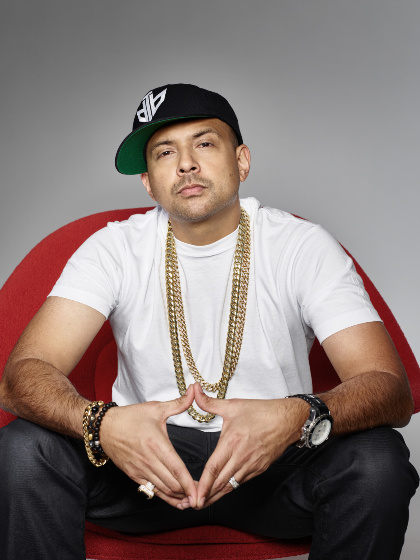Dancehall Music

Dancehall
Dancehall Music: The Global Influencer
Dancehall is a vibrant and dynamic genre originating from Jamaica. It has captivated audiences worldwide since its emergence in the late 1970s. Dancehall music is characterized by its pulsating rhythms and electronic instrumentation. It features socially conscious lyrics. The genre has grown from its roots to become a significant force in the global music landscape. This article delves into the genre’s origins, its development, notable artists, and its profound impact on global music and culture.
Origins and Evolution of Dancehall Music
Dancehall music emerged in Jamaica during a time of social and political upheaval. As a fusion of reggae, ska, and rocksteady, dancehall offered a fresh sound that resonated with the country’s youth. By the late 1970s, it had carved out its niche. Artists like Yellowman led the charge. Producers such as King Jammy were also pivotal.
Key Characteristics
The genre is defined by its energetic beats and rhythms. These are often built around a “riddim”—a repeating instrumental pattern. This pattern forms the backbone of many songs. Lyrics frequently address pressing social issues, providing a voice for marginalized communities. This thematic focus has allowed dancehall to serve as both entertainment and a form of cultural expression.
Notable Artists and Producers
Throughout its history, dancehall has been shaped by a variety of influential artists and producers. Figures such as Shabba Ranks, Beenie Man, and Buju Banton have advanced the genre. Each artist has added their unique flair to its sound. Producers like Sly & Robbie and Dave Kelly have been instrumental in crafting the music’s distinctive style.
Global Reach

Sean Paul
Artists like Sean Paul and Vybz Kartel have brought dancehall to international audiences. They have collaborated with musicians across genres. Their efforts have contributed to the genre’s worldwide popularity. Their work has helped dancehall transcend its Jamaican origins to become a global phenomenon.
Dancehall’s Impact on Global Music
Dancehall’s influence extends far beyond Jamaica, permeating a wide array of musical genres. Hip-hop, reggaeton, and electronic dance music (EDM) have all incorporated dancehall elements, showcasing the genre’s versatility and widespread appeal.
Hip-Hop and Pop Music
Prominent hip-hop artists such as Jay-Z and Drake have integrated dancehall rhythms into their music. These artists use dancehall themes, further elevating the genre’s profile. Pop artists have also embraced dancehall’s infectious beats, leading to chart-topping hits that blend pop sensibilities with dancehall grooves.
Reggaeton and EDM
Reggaeton, which originated in Puerto Rico, owes much of its sound to dancehall. This genre has gained immense popularity in Latin America and beyond, highlighting dancehall’s enduring influence. EDM producers like Major Lazer have also drawn inspiration from dancehall, infusing their tracks with its distinctive rhythms and energy.
Cultural Significance and Social Commentary
Dancehall music has long served as a platform for social commentary, addressing issues such as poverty, violence, and political corruption. Its ability to articulate the struggles and aspirations of marginalized communities has made it a powerful tool for social change.
Fashion, Dance, and Language
Beyond music, dancehall has left its mark on fashion, dance, and language. Its vibrant aesthetics have influenced global fashion trends, while dancehall-inspired moves have become staples in dance clubs around the world. The genre’s slang and linguistic expressions have also permeated everyday language, further cementing its cultural impact.
Iconic Dancehall Songs
While it’s challenging to pinpoint the most popular dancehall song of all time, several tracks have achieved iconic status. A few songs have left an indelible mark on the genre. Some standout tracks are “Murder She Wrote” by Chaka Demus & Pliers. Others include “Bam Bam” by Sister Nancy and “Welcome to Jamrock” by Damian Marley.
Conclusion: Dancehall’s Lasting Legacy
Dancehall music continues to be a vital force in the global music landscape. Its ability to adapt and evolve has ensured its relevance across generations and cultures. As a genre, it entertains, educates, and empowers. It provides a voice for those who may otherwise go unheard. The global influence of dancehall demonstrates its enduring appeal. It highlights dancehall’s significance as a cultural and musical powerhouse. Dancehall music is a crucial part of the global music tapestry. Its rhythms, themes, and cultural expressions highlight its importance. Its legacy is sure to endure for years to come.
